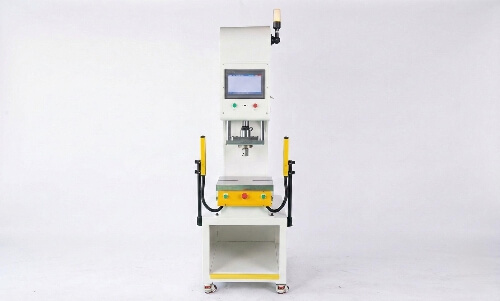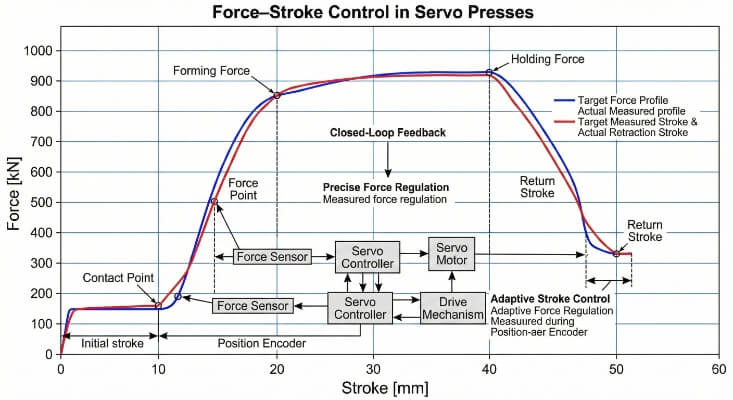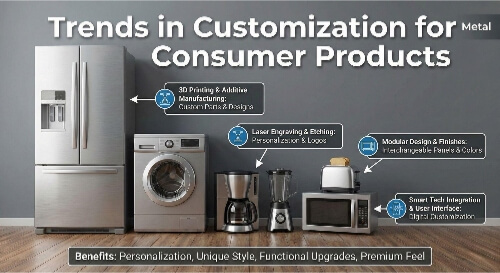Many manufacturers struggle with achieving ultra-smooth, contamination-free metal surfaces. Traditional mechanical polishing often leaves microscopic scratches and embedded particles, reducing performance and customer satisfaction. Electrolytic polishing offers a solution that transforms rough, dull metal surfaces into mirror-like finishes.
Want to discover how this powerful surface treatment can enhance the quality of your products and reduce rejection rates? Let’s explore the technical details, benefits, and real-world applications.
What is Electropolishing?
Electropolishing is an electrochemical process that removes material from the surface of a metallic workpiece, typically stainless steel or similar alloys.
This technique enhances surface finish and corrosion resistance by selectively dissolving high points in the metal surface, resulting in a smoother, more reflective finish.
Understanding the Electrochemical Process
Electropolishing involves immersing the workpiece in an electrolyte solution while applying a direct current. The workpiece is the anode, where oxidation occurs, and metal ions dissolve into the electrolyte. The cathode, typically made from a non-reactive metal, completes the circuit.
This controlled anodic dissolution effectively levels the surface by preferentially removing protruding areas.
Key Components Involved: Electrolytes, Anodes, and Cathodes
- Electrolytes: Acidic solutions like phosphoric and sulfuric acid mixtures are typically used.
- Anodes: The workpiece itself acts as the anode during electropolishing.
- Cathodes: Usually made from materials like stainless steel or titanium, cathodes are positioned opposite the anode in the electrolyte bath to complete the electrochemical circuit.
Electrolytic Polishing Process: Step-by-Step
Understanding the step-by-step process of electrolytic polishing can significantly improve product quality and performance. Here are some of the steps required for electrolytic polishing.
Step 1:Pre-Polishing Surface Preparation
The first step in the electrolytic polishing process is thorough surface preparation. This involves cleaning the workpiece to eliminate contaminants such as oils, dirt, or oxidation that could affect the polishing outcome.
Step 2:Setting Up the Electrolytic Bath
Once the parts are prepared, the next step is to set up the electrolytic bath. This involves:
- Selecting the Electrolyte: A mixture of sulfuric acid and phosphoric acid is commonly used due to its effectiveness in dissolving metal ions.
- Temperature Control: The electrolyte bath is typically heated to a temperature range of 170°F to 180°F (77°C to 82°C) to enhance the reaction rate.
- Racking Parts: Parts are securely racked or placed in baskets to ensure even exposure to the electrolyte during the polishing process.
- Electrical Setup: The workpiece is connected as the anode, while a cathode is positioned in the bath, completing the electrical circuit necessary for electropolishing.
Step 3:The Electrolytic Polishing Cycle
During this phase, the actual electropolishing occurs:
- Immersion: The racked parts are submerged in the electrolyte solution.
- Current Application: A direct current is applied, initiating anodic oxidation. This process selectively removes material from high points on the surface, leading to a smoother finish.
- Duration: The time for electropolishing can vary based on factors such as part geometry and desired finish quality, typically ranging from a few seconds to several minutes.
Step 4:Post-Polishing Inspection and Finishing
After electropolishing, parts undergo inspection and finishing steps:
- Rinsing: Parts are rinsed thoroughly with water to remove residual electrolytes and by-products from the polishing reaction.
- Drying: Techniques such as centrifugal or oven drying are employed to ensure parts are completely dry and contaminant-free.
- Final Inspection: A comprehensive inspection checks for surface quality, dimensional accuracy, and adherence to specifications.
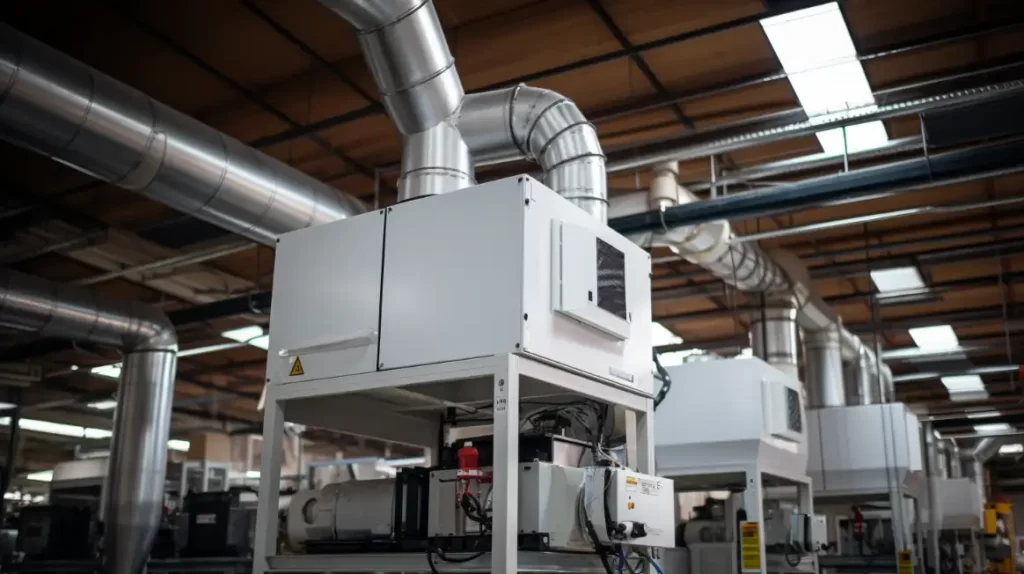
Key Factors Affecting Electrolytic Polishing Quality
The quality of electrolytic polishing hinges on several key factors influencing the final surface finish. Understanding these elements can significantly enhance the process’s effectiveness and reliability.
Electrolyte Composition and Temperature Control
The composition of the electrolyte is crucial in determining the quality of the electropolishing process. Common electrolytes include mixtures of sulfuric acid, phosphoric acid, and sometimes additives like chromic acid or glycerol.
Temperature control is equally important. Optimal temperature ranges typically fall between 77°F and 83°F (25°C and 28°C). Higher temperatures can enhance reaction rates but may also lead to undesirable effects, such as increased gas evolution and reduced surface quality.
Current Density and Voltage Settings
Current density and voltage settings are critical parameters that directly impact the electropolishing outcome. The current density typically ranges from 5 to 25 A/dm² and must be carefully controlled to achieve uniform material removal.
Voltage settings also significantly determine the energy input into the system. An appropriate voltage must be maintained to ensure efficient electrochemical reactions.
Time Duration of Polishing Process
The duration of the electropolishing process significantly affects surface quality. While longer polishing times can enhance smoothness by allowing more material to be removed, excessive durations may lead to surface degradation, including pitting and increased roughness.
Typically, polishing times vary based on material type and initial surface condition. Times often range from a few minutes to over twenty minutes.
Surface Cleanliness and Contamination Risks
Surface cleanliness before electropolishing is paramount for achieving high-quality results. Contaminants such as oils, dirt, or residues from previous manufacturing processes can disrupt uniform current distribution during polishing.
Any remaining contaminants can affect the final finish. They may also pose risks of corrosion or contamination in sensitive applications like medical devices or food processing equipment.
Benefits of Electrolytic Polishing
The scientific principles behind electropolishing deliver measurable improvements in material properties and performance metrics.
Improved Surface Finish and Aesthetics
Metal surfaces achieve mirror-like finishes with Ra values as low as 0.1 micrometers. This exceptional smoothness eliminates microscopic defects that trap contaminants or cause visual imperfections.
Enhanced Corrosion Resistance
Electropolishing creates a chromium-rich passive layer on stainless steel surfaces. This naturally protective barrier significantly increases corrosion resistance through several mechanisms.
Increased Durability and Reduced Friction
The ultra-smooth surface profile created by electropolishing delivers substantial practical advantages in industrial applications. Components exhibit a lower coefficient of friction, which reduces wear on moving parts and extends service life.
Biocompatibility for Medical Devices
The electropolished process creates surfaces significantly, reducing bacterial adhesion and enabling more effective sterilization. This decreased risk of contamination makes electropolished components ideal for implants and surgical instruments.
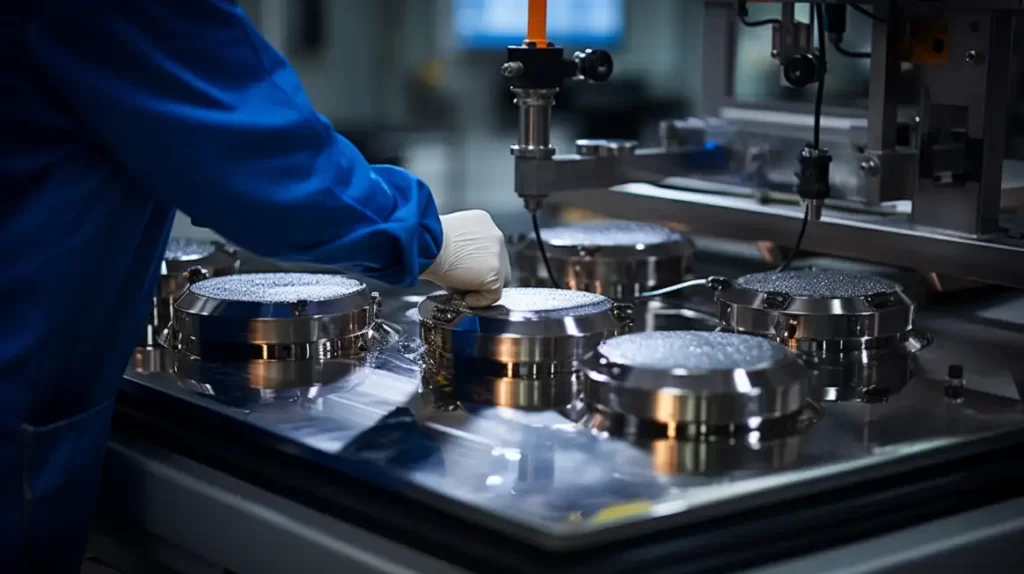
Challenges and Limitations of Electrolytic Polishing
While electrolytic polishing offers numerous advantages, it also presents specific challenges and limitations that manufacturers must consider. Understanding these factors is essential for optimizing the polishing process and ensuring successful outcomes.
Material Limitations: Which Metals Are Best Suited?
Electrolytic polishing is not universally applicable to all metals. It is most effective on stainless steel, certain nickel alloys, and aluminum. However, due to their unique properties and reactivity, metals like titanium and zinc may not achieve the desired results.
Potential for Over-Polishing and Surface Damage
One of the significant challenges in electrolytic polishing is the potential for over-polishing. If not carefully controlled, the process can remove too much material from the surface, leading to pitting or other forms of surface damage.
Environmental Considerations and Waste Disposal
Electrolytic polishing generates chemical waste that must be managed properly to avoid environmental contamination. The process involves hazardous chemicals that require careful handling and disposal. This adds complexity and cost to the operation, as manufacturers must comply with environmental regulations.
Applications of Electrolytic Polishing
Electrolytic polishing finds diverse applications across various industries, each benefiting from its unique advantages.
- Medical Device Manufacturing: Ensures biocompatibility and cleanliness of surgical instruments and implants.
- Automotive Industry: Achieves smooth finishes and corrosion resistance for engine components and body panels.
- Aerospace: Enhances the durability and performance of critical components like turbine blades and structural parts.
- Food and Beverage Industry: Meets hygiene standards by providing easy-to-clean surfaces on processing equipment.
- Electronics: Improves functionality and longevity of connectors, circuit boards, and other electronic components.
Mechanical Polishing vs. Electropolishing
Mechanical polishing and electropolishing are two distinct methods for enhancing the surface finish of metal components. Each has its own advantages and applications. Understanding the differences between these processes can help manufacturers choose the right method for their specific needs.
Mechanical Polishing
- Process: Involves using abrasives, such as belts and wheels, to remove material from the surface of metal parts physically. This manual process is labor-intensive and often results in inconsistencies.
- Surface Finish: While it can improve the appearance of a surface, mechanical polishing may leave micro-scratches and embedded abrasives, potentially compromising corrosion resistance.
- Applications: Suitable for individual parts or small batches where immediate visual improvement is needed. Commonly used in applications where high purity is not critical.
Electropolishing
- Process: An electrochemical process that removes a uniform layer of material from metal surfaces by immersing them in an electrolyte bath while applying an electrical current. This method can treat multiple parts simultaneously.
- Surface Finish: Produces a smooth, mirror-like finish free from contaminants and micro-scratches. It enhances corrosion resistance significantly compared to mechanical polishing.
- Applications: Ideal for industries requiring high cleanliness and biocompatibility, such as medical devices, food processing, aerospace, and electronics.
Key Differences
| Feature | Mechanical Polishing | Electropolishing |
|---|---|---|
| Method | Abrasive mechanical process | Electrochemical process |
| Surface Finish | May leave scratches and abrasives | Smooth, clean, and uniform finish |
| Corrosion Resistance | Less effective | Highly effective |
| Production Efficiency | Manual, labor-intensive | Automated, can process multiple parts |
| Best Suited For | Low purity applications | High purity applications |
Conclusion
Electrolytic polishing is a highly effective method for enhancing various metals’ surface finish and corrosion resistance. Its applications span multiple industries, including medical device manufacturing, automotive, aerospace, food processing, and electronics.
If you’re interested in improving your product quality through electrolytic polishing or have any questions about our services, please contact us today for a consultation!
Hey, I'm Kevin Lee

For the past 10 years, I’ve been immersed in various forms of sheet metal fabrication, sharing cool insights here from my experiences across diverse workshops.
Get in touch

Kevin Lee
I have over ten years of professional experience in sheet metal fabrication, specializing in laser cutting, bending, welding, and surface treatment techniques. As the Technical Director at Shengen, I am committed to solving complex manufacturing challenges and driving innovation and quality in each project.

